Author: Jeffrey McCabe
-
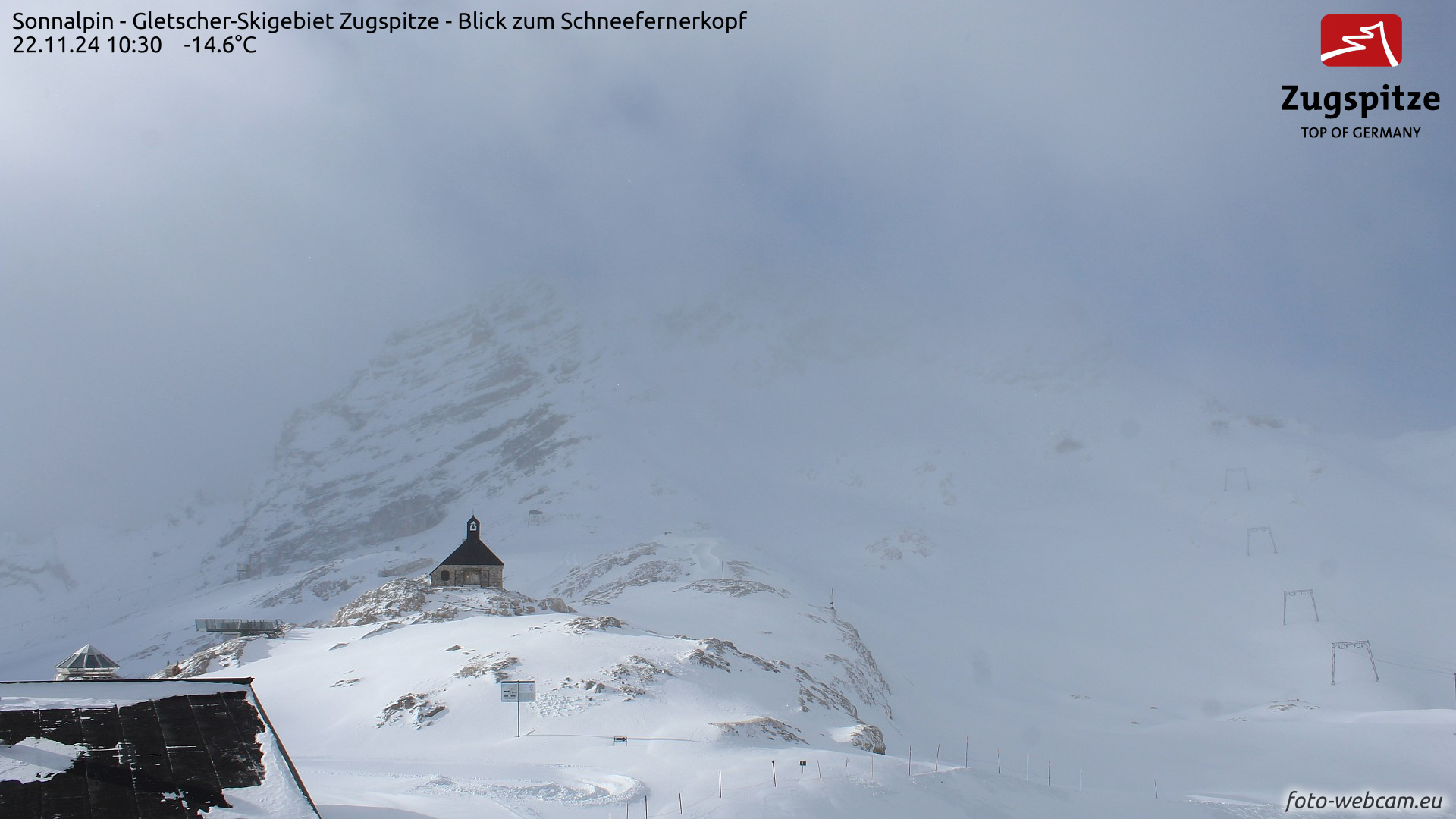
Sudden winter outbreak esp. in western regions. Beware drifts/gliding snow.
After a “golden autumn” the weather turned changeable on 12.11. A striking cold front, and then a storm-low “Renate” struck esp. western regions starting on 20.11.2024, bringing 30-50cm of fresh snow, locally more. Strong-velocity high altitude winds transported lots in the heights. Beware fresh snowdrifts in steep terrain. In coming days in the regions with…
-
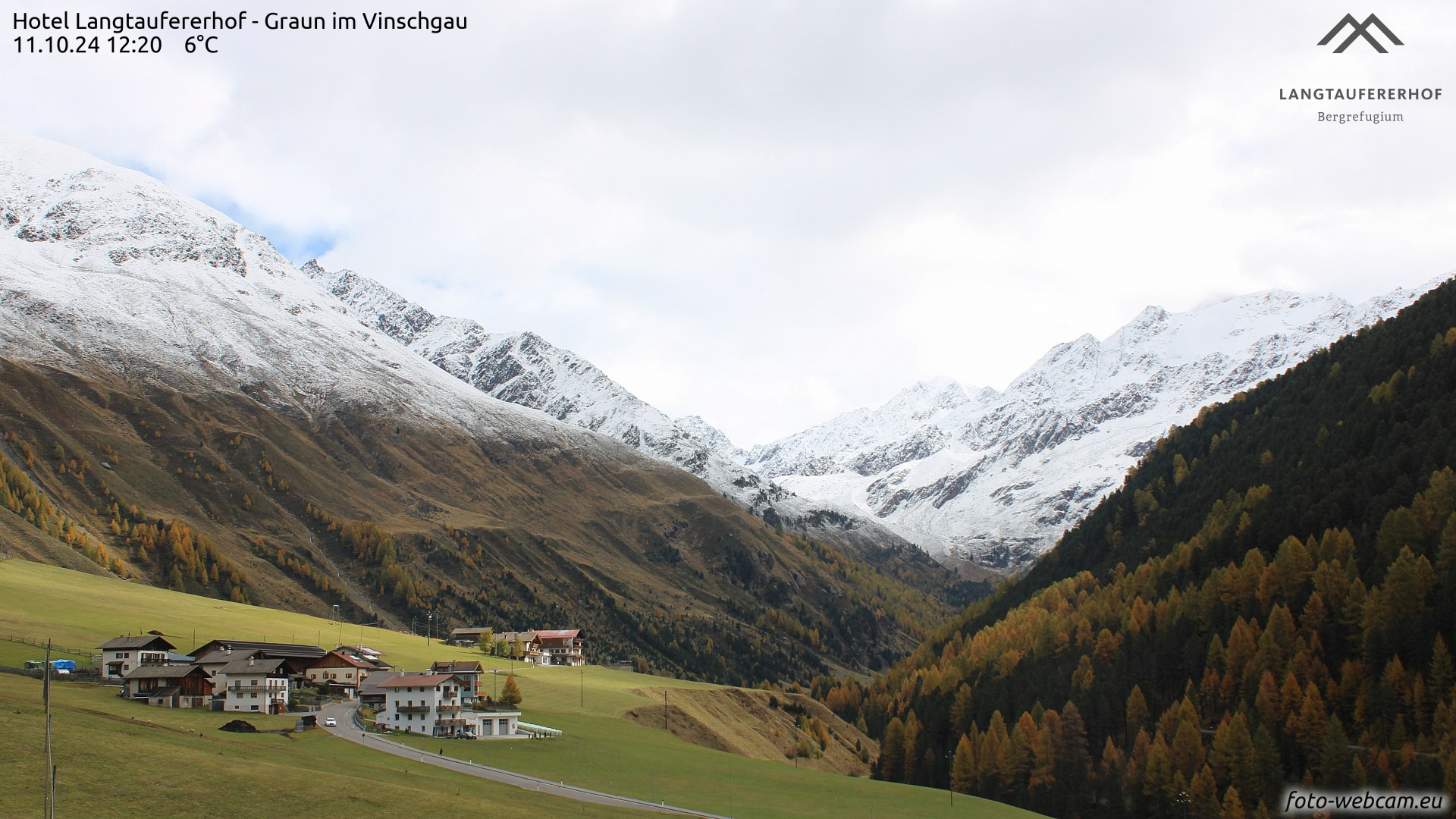
Brief snowdrift problem in high alpine regions along Main Alpine Ridge
Two spells of southerly foehn brought lots of precipitation. Due to higher temperatures it frequently fell as rain even above 3000m. For that reason, lots of snowfall only accumulated in high alpine terrain in the Main Alpine Ridge regions. Freshly drifted masses were generated there which, for a brief time, require attentiveness. In addition, we…
-
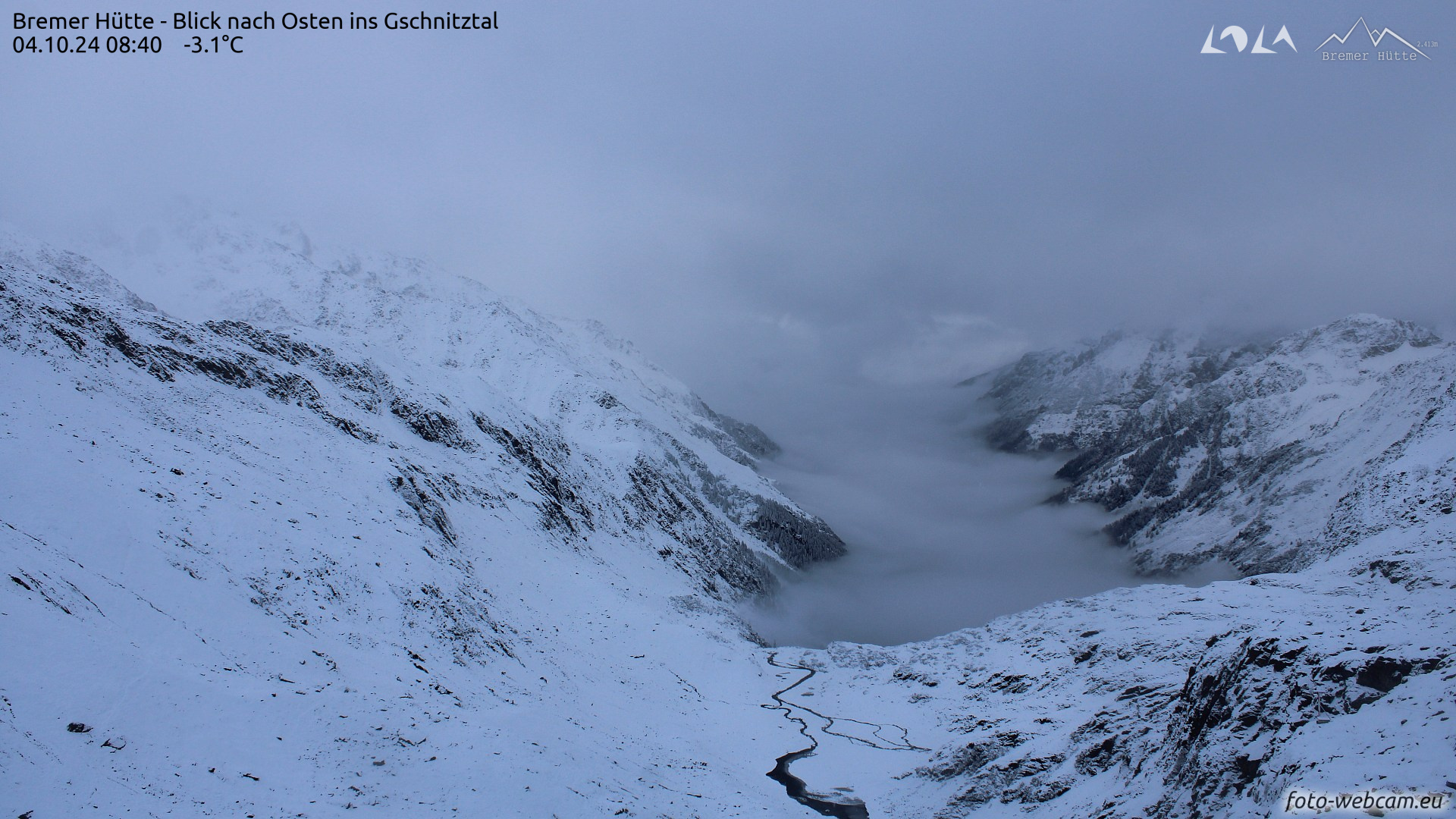
Wintery in some high alpine regions
Starting this weekend, Tirol’s glacier ski areas will all have launched their winter season. This prods us to give an initial brief estimate of current avalanche dangers. Fresh snow in the mountains We look back on an initially very warm, then very rainy/snowy September. In northern and eastern regions of Austria, September recorded more precipitation…
-
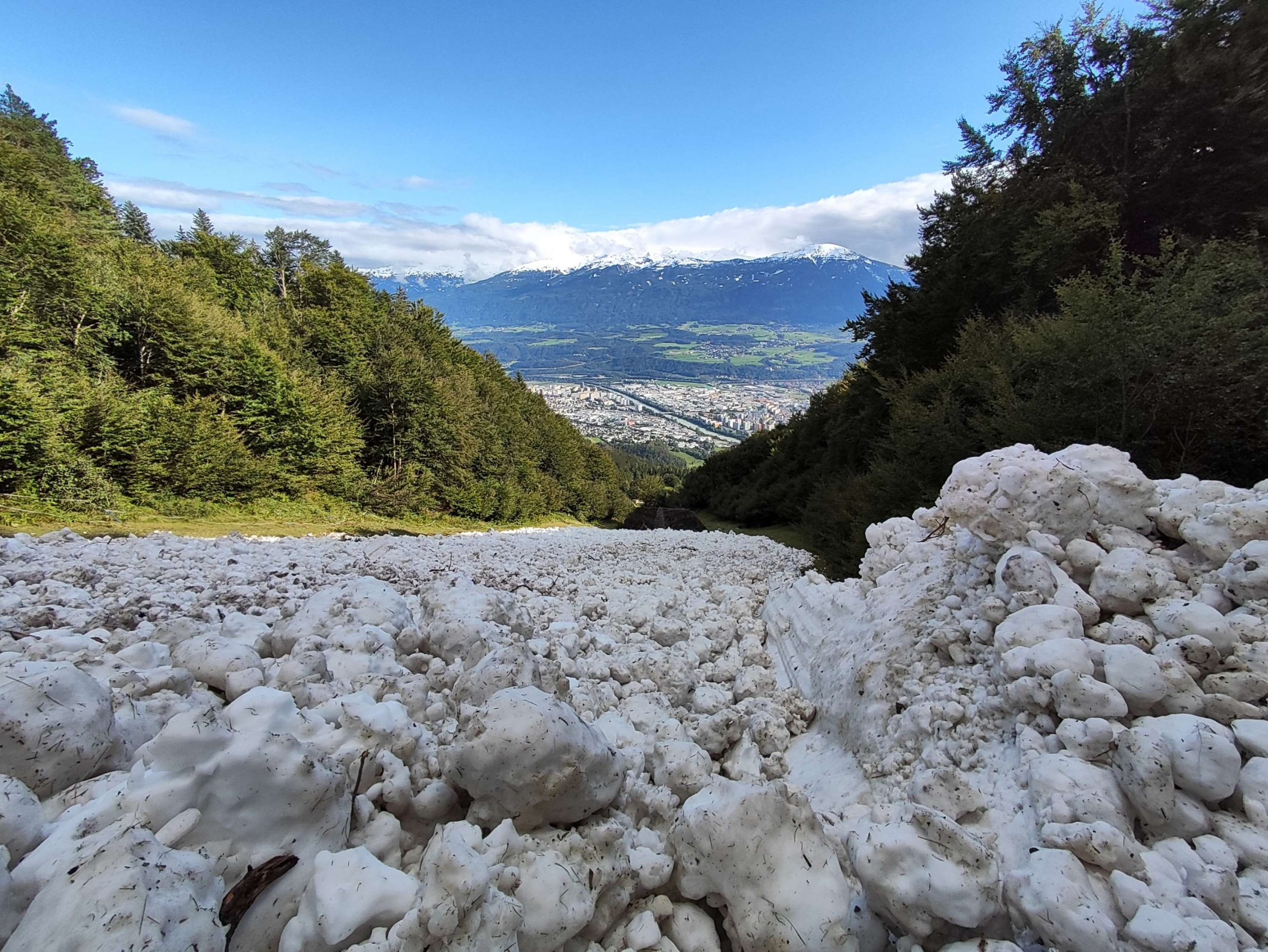
Ongoing caution: glide-snow avalanches!
Just as expected, since the snowfall of last week numerous glide-snow avalanches have released on steep grass-covered slopes. In the major areas of precipitation, sportively active people need to maintain great heed of possible dangers. Caution: in isolated cases avalanches can plummet down to green zones. The peril of glide-snow avalanches endangers hikers above all…
-
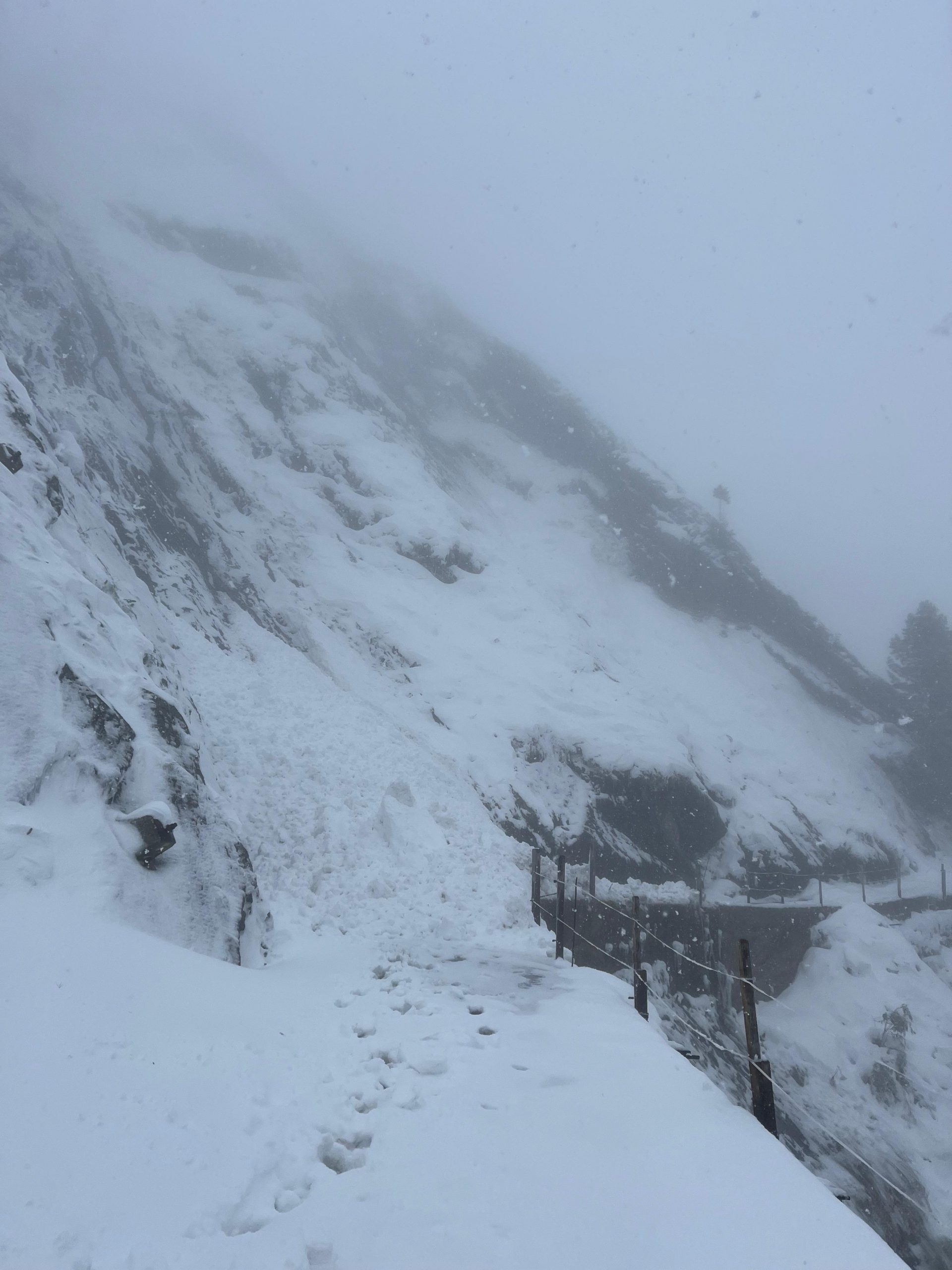
Wintery conditions and short-term avalanche activity in the mountains. Avalanche incident Binsalm in Karwendel.
The first onset of winter this season is a knockout: in widespread parts of Tirol, heavy snowfall down to intermediate altitudes. Whereas freshly generated, trigger-sensitive snowdrift accumulations require caution at high altitudes, further down high numbers of glide-snow and loose-snow avalanches can trigger naturally. On the Binsalm in Hinterriss (community of Vomp, in the eastern…
-
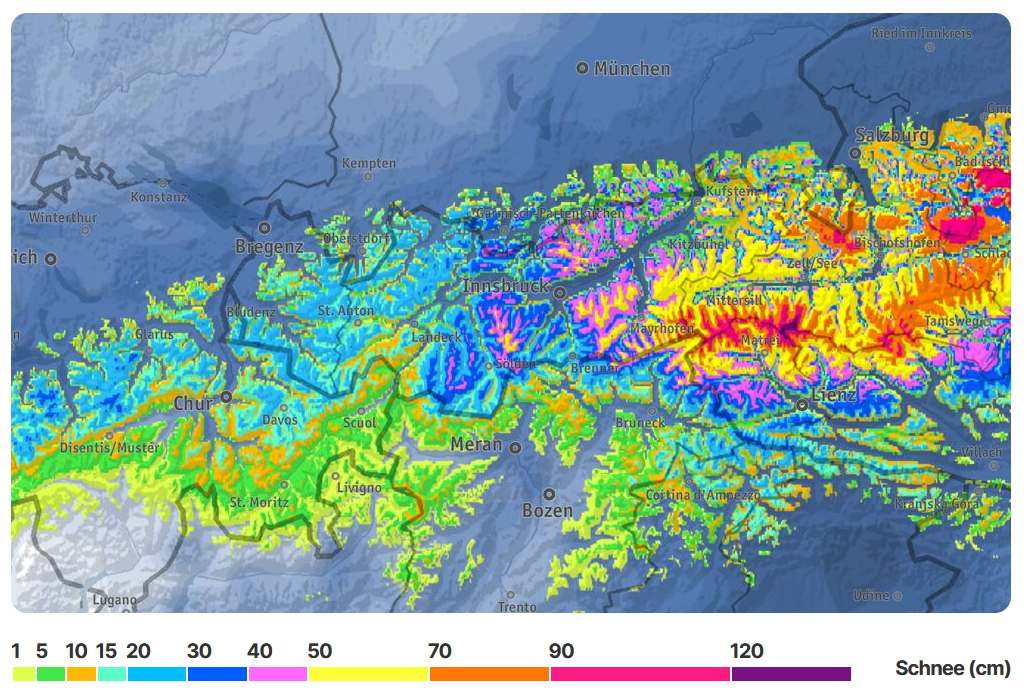
First big snowfall of the season is coming – beware avalanche danger
In the next few days cold and moist air masses will reach our region. Particularly in the eastern parts of Tirol, massive amounts of precipitation can be expected by Sunday morning. In the mountains, 50 to 100 cm of fresh snowfall is anticipated from place to place, falling on bare ground by and large. Once…
-
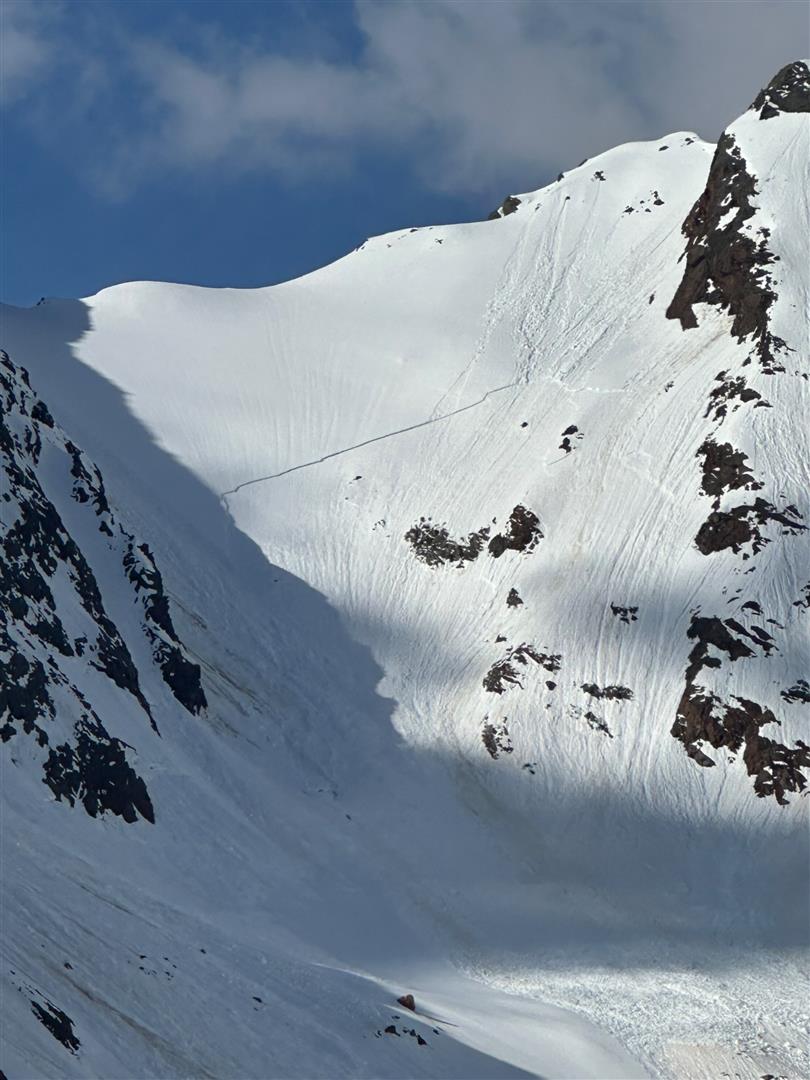
More snowfall in high alpine regions
Once again we expect fresh snowfall in the mountains over the next few days. Focus: Zillertal Main Alpine Ridge and East Tirol, esp. in Hohe Tauern. Above 2500 m, 20-40cm of fresh snow is anticipated, locally as much as 50cm. For this juncture of the season there are above average snow depths in high alpine…
-
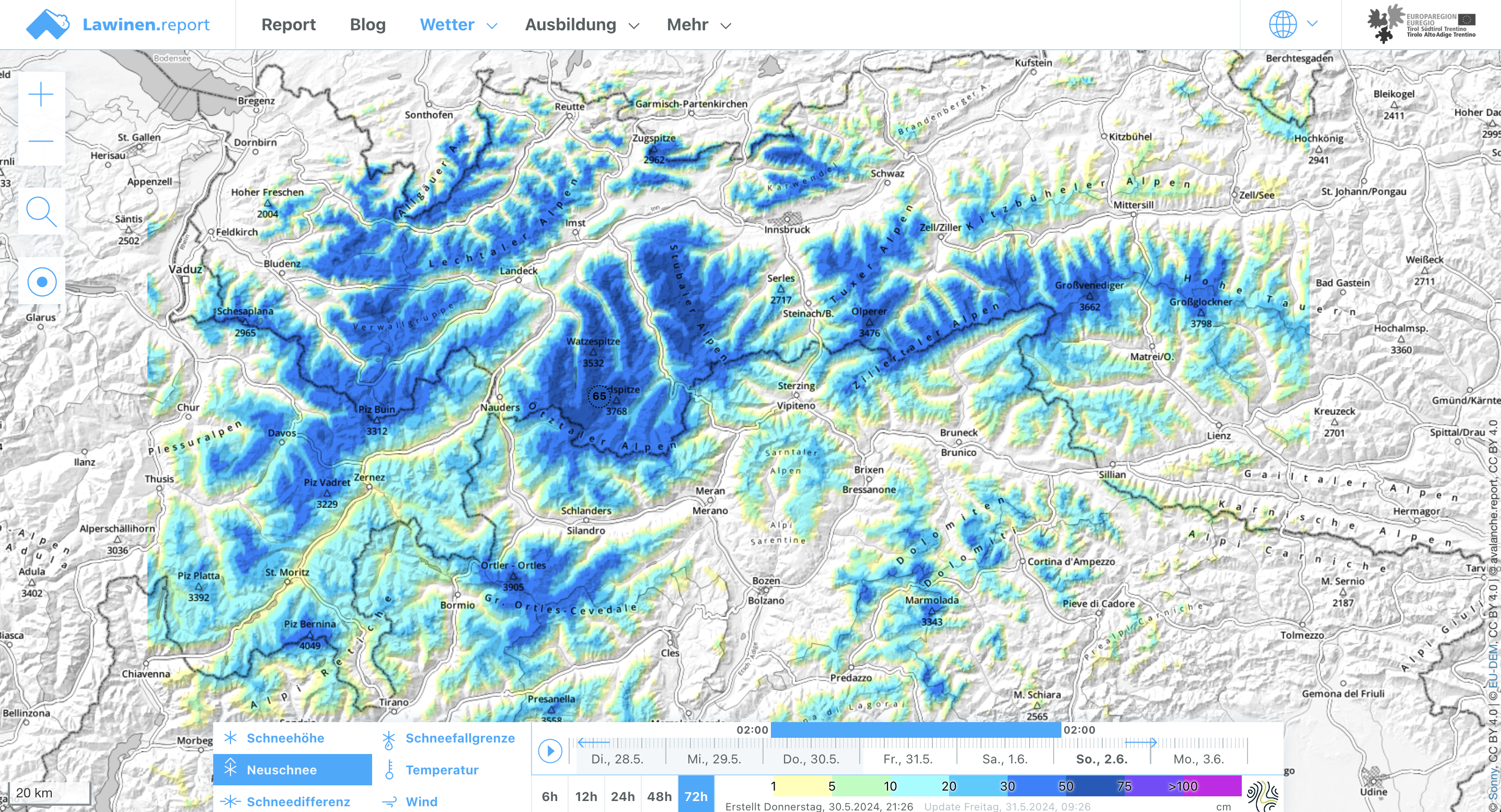
Lots of fresh snow in high alpine regions, rain in the valleys
Since Thursday, 30.05, there has been intense rainfall/snowfall. In high alpine regions, i.e. above 2500m, we expect 40-50 cm of fresh snow by Sunday, 02.06, in places up to 60cm. Since precipitation is intense, the snowfall level on Friday, 31.05, could descend to 1700m for a time. As fresh snowfall and winds increase, avalanche danger…
-
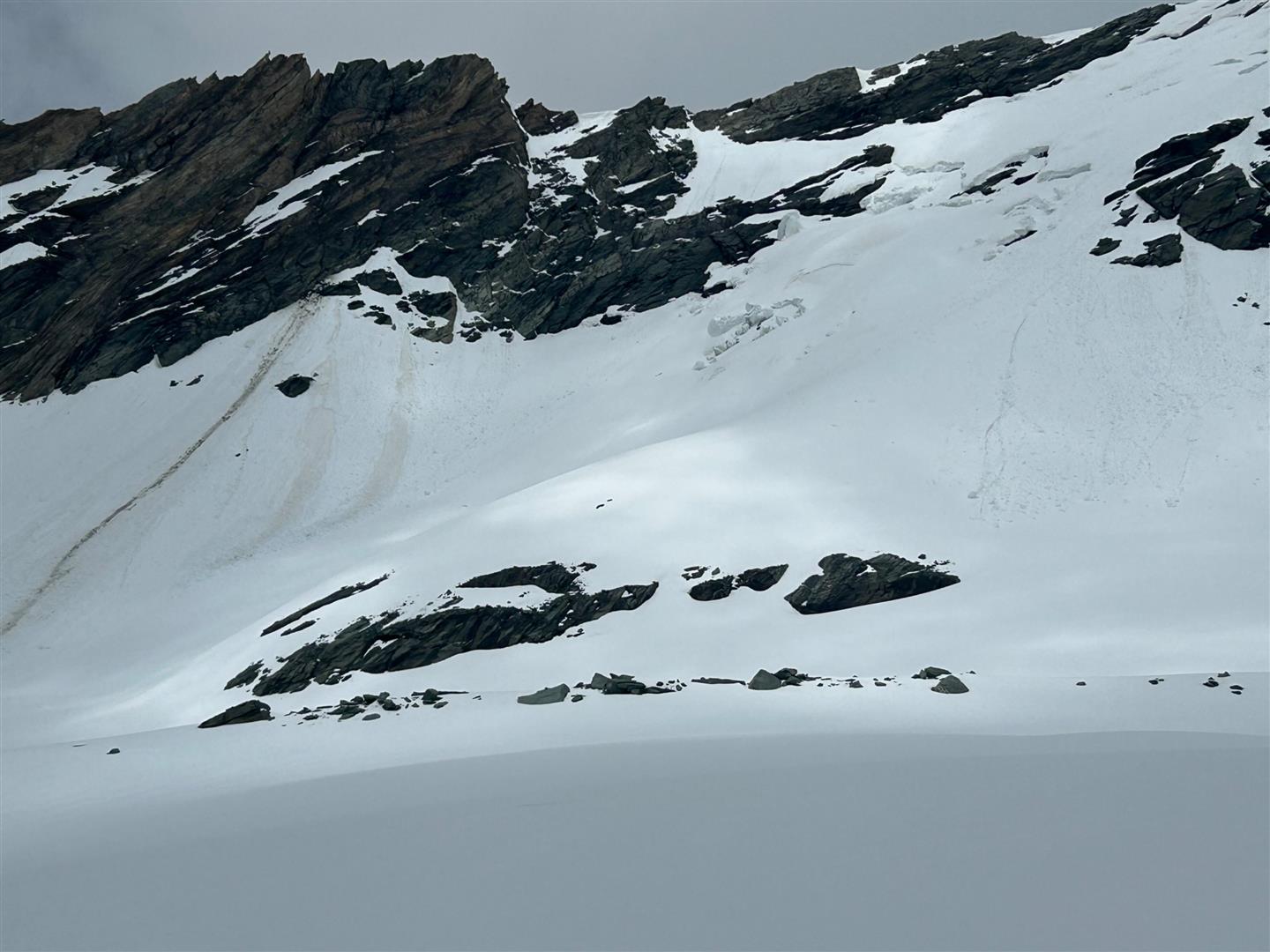
Still wintery in high alpine regions
Some rainfall and weeklong lower temperatures lie before us – in high alpine regions local snowfall is possible. The fresh fallen snow will be deposited mostly on a wet old snowpack. Recent precipitation was shower-like, which generated a marked layer of graupel. This serves as a weak layer. On very steep shady slopes in high alpine…
-
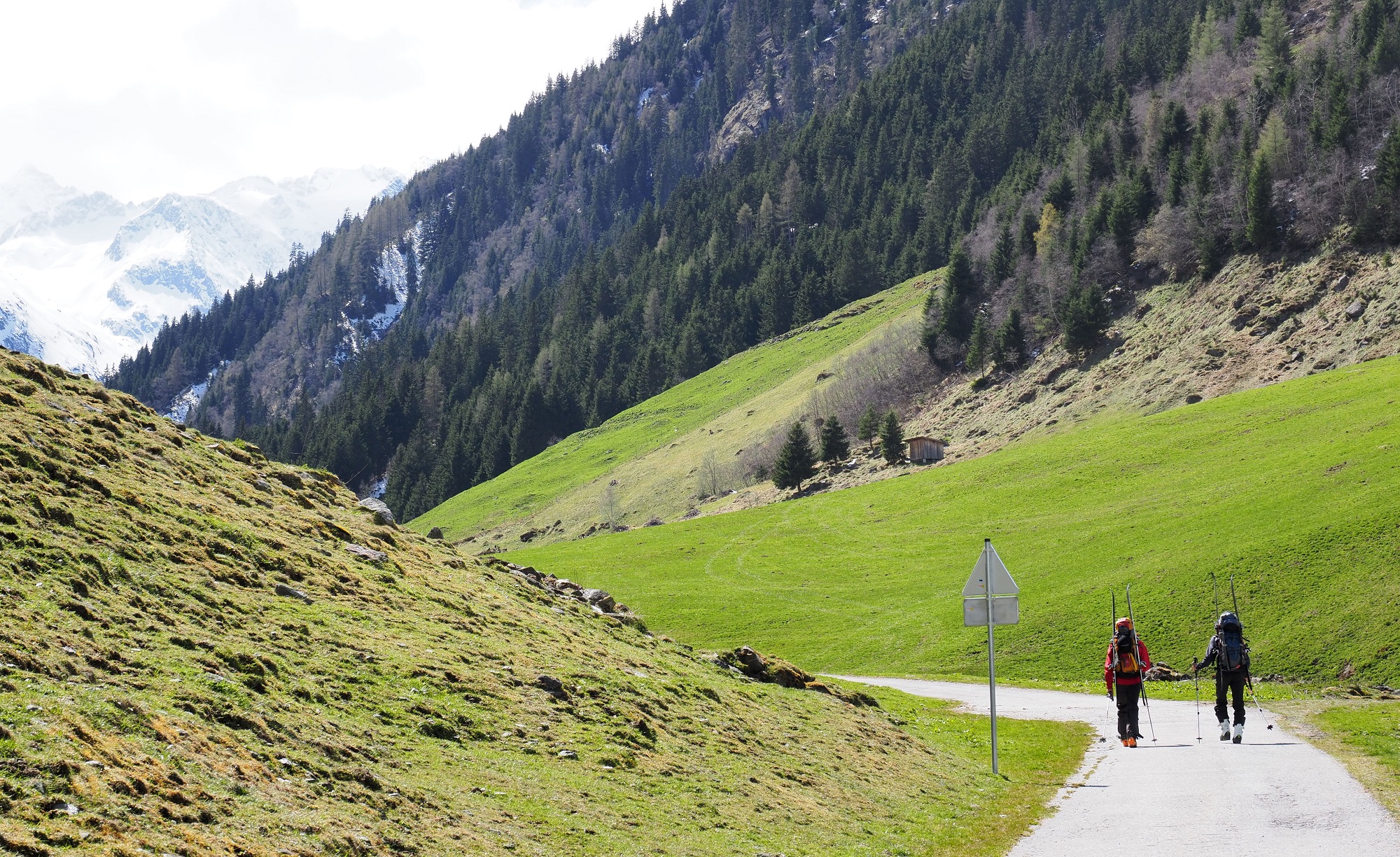
Due to fresh snow, higher weekend danger of natural loose-snow avalanches, isolated danger zones for dry avalanches in high-alpine regions
Starting on Thursday, 02.05, until Saturday, 04.05, some fresh snowfall is expected in the mountains of Tirol. It will be deposited atop a wet snowpack. Due to (diffuse) solar radiation the fresh snow will swiftly moisten, starting on Saturday. In steep rocky terrain in all aspects, numerous naturally triggered small-to-medium avalanches are anticipated which can…